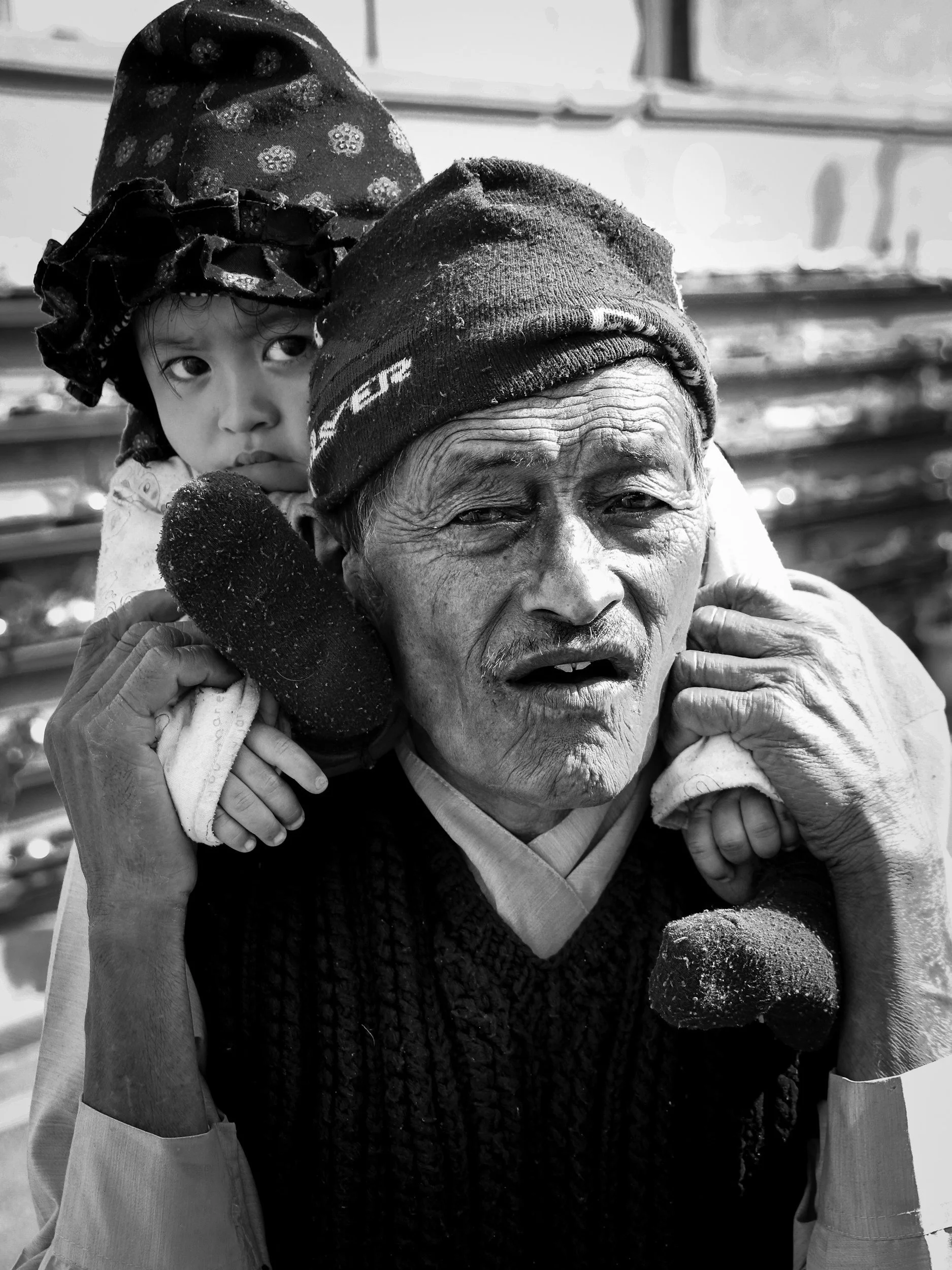Generational Trauma: Understanding the Role of Attachment in Trauma
Generational trauma, also known as intergenerational or transgenerational trauma, refers to the transmission of traumatic experiences and their psychological effects from one generation to the next. This type of trauma can profoundly influence an individual's emotional well-being, relationships, and sense of identity. A critical factor in understanding how generational trauma manifests and persists is the role of attachment—the emotional bond between a child and their primary caregivers.
What is Generational Trauma?
Generational trauma can stem from significant historical events such as wars, slavery, systemic oppression, forced migration, or personal experiences of abuse and neglect. The trauma doesn't end with those who directly experienced it; its psychological, emotional, and even physiological impacts can ripple through families across generations. This transmission occurs not only through stories and behaviors but also through parenting styles, family dynamics, and even genetic factors.
The Science of Attachment
Attachment theory, developed by psychologist John Bowlby, emphasizes the importance of early emotional bonds between children and their caregivers. These early relationships form the foundation for a child's sense of security, self-worth, and capacity to form healthy relationships later in life.
There are four primary attachment styles:
Secure Attachment: Characterized by trust and a healthy balance of independence and closeness.
Anxious Attachment: Marked by fear of abandonment and a high need for reassurance.
Avoidant Attachment: Involves emotional distance and difficulty with intimacy.
Disorganized Attachment: Often a result of trauma, featuring a mix of anxious and avoidant behaviors, with confusion and fear in relationships.
When caregivers are dealing with unresolved trauma, it can affect their ability to form secure attachments with their children, inadvertently passing on patterns of insecurity and distress.
How Attachment Plays a Role in Generational Trauma
Emotional Dysregulation: Traumatized caregivers may struggle to manage their emotions, impacting their ability to respond sensitively to their child's needs.
Unresolved Grief and Fear: Caregivers who haven't processed their trauma might project fears and anxieties onto their children, creating an environment of chronic stress.
Parenting Styles: Trauma can influence parenting behaviors, leading to overprotectiveness, neglect, or inconsistent caregiving, which affects a child's attachment style.
Modeling Coping Mechanisms: Children often learn how to cope with stress by observing their caregivers. If maladaptive coping strategies are modeled, these can become ingrained in the next generation.
Breaking the Cycle of Generational Trauma
Awareness and Acknowledgment: Recognizing the presence of generational trauma is the first step. Understanding how past experiences influence current behaviors and relationships is crucial.
Therapeutic Intervention: Therapy can help individuals process trauma, develop healthier coping mechanisms, and form secure attachments. Approaches like trauma-focused cognitive-behavioral therapy (TF-CBT), EMDR, and attachment-based therapies are effective.
Building Secure Attachments: Fostering secure, supportive relationships can counteract the effects of generational trauma. This involves consistent, responsive caregiving and open emotional communication.
Intergenerational Dialogue: Encouraging open discussions within families about past traumas can reduce stigma, promote understanding, and facilitate healing.
Self-Compassion and Healing Practices: Engaging in mindfulness, self-care, and practices that promote emotional regulation can help break the cycle of trauma.
The Role of Professional Support
At Niyyah Counseling PLLC, we understand the complexities of generational trauma and the critical role attachment plays in both its transmission and healing. Our therapists are trained to provide compassionate, trauma-informed care, helping individuals and families navigate their healing journeys.
Final Thoughts
Generational trauma can feel like an invisible thread woven through family histories, influencing emotions, relationships, and behaviors. However, with awareness, intentional healing, and supportive relationships, it's possible to break the cycle and foster resilience for future generations. Understanding the role of attachment in trauma is a powerful step toward creating a legacy of healing, connection, and emotional well-being.

